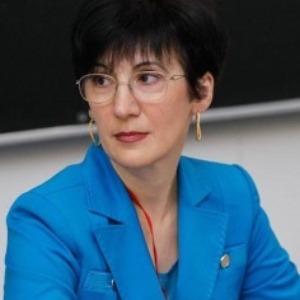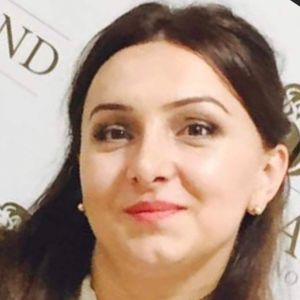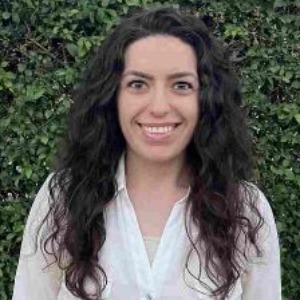Organogenesis is the process of organs forming and growing in a fetus during gestation. While a majority of organs are formed during the embryonic period, organogenesis persists into the fetal period of development for certain organs, such as the skin. It is during this time that the skin undergoes various growth and differentiation processes that result in the formation of multiple subcutaneous structures, including hair follicles, sweat glands, nail beds, and sebaceous glands. Dermal organogenesis is an intricate process that involves a variety of cellular and molecular events. These include cell proliferation, migration, organization, and differentiation into specific cell types. During the first trimester, a newly formed epidermis lays the foundation for organogenesis. The main components of the epidermis are keratinocytes which are embryonically derived from neural crest cells. Keratinocytes serve to form the primary epidermal structures in the skin, and they may be further differentiated into other types of skin cells, such as melanocytes, neural crest-derived neuronal cells, and sebocyte-like cells. As the fetus develops, a number of extra-embryonic structures, including the hair follicles and sweat glands, begin to form and grow. After the primary organ systems are established, the process of organogenesis continues throughout the fetal period, with further differentiation of the skin cells and tissues. Cells are organized into specific layers, such as the epidermal-dermal junction and the dermal appendages. Jebocytes and melanocytes are introduced into the newly formed layers as part of the dermal appendage formation process. During the final stage of organogenesis, hair follicles, sweat glands, and sebaceous glands are organized in dense layers at various depths of the skin. Organogenesis in the skin is a complex process that continues throughout the fetal period of development. If organogenesis is disrupted, the skin and underlying tissues may be affected, resulting in multiple dermatological conditions. Therefore, better understanding of the mechanisms of dermal organogenesis is essential in providing treatments for a variety of skin disorders.

Ravi M Rathod
KMCRI, India
Dechelette Corinne
La Peau Autrement, France
Irina Sergeeva
Novosibirsk State University, Russian Federation
George Sulamanidze
Plastic Surgeon at Clinic of Plastic and Aesthetic Surgery and Cosmetology TOTALCharm, Georgia
Nino Tsamalaidze
Ltd Karabadini+, Georgia
Lina Petrossian
California University of Science and Medicine, United States
Surajbala Khuraijam
Manipur Health Services, India
Shrutimita Pokhariyal
Symbio, India
Yasser Mohammed Hassanain Elsayed
Egyptian Ministry of Health, Egypt



Title : Paraneoplastic Autoimmune Multiorgan Syndrome or PAMS: Paraneoplastic pemphigus revisited
Sergei A Grando, University of California Irvine, United States
Title : Modern non-invasive methods for in vivo assessment of skin
Georgios N Stamatas, SGS, France
Title : Personalized and precision dermatology through the view of biodesign-inspired translational & data-driven applications: Revolutionary skin treatments for every concern in clinical dermatology integrating skin care experts and consumers
Sergey Suchkov, N.D. Zelinskii Institute for Organic Chemistry of the Russian Academy of Sciences, Russian Federation
Title : The next generation of threads: Lifting, volumization, and biostimulation in one powerful triple action
George Sulamanidze, Plastic Surgeon at Clinic of Plastic and Aesthetic Surgery and Cosmetology TOTALCharm, Georgia
Title : Lymphoproliferative diseases in the practice of a dermatologist
Irina Sergeeva, Novosibirsk State University, Russian Federation
Title : Art, skin, and dermatology: Interdisciplinary perspectives
Dechelette Corinne, La Peau Autrement, France
Title : Comparative efficacy of omalizumab and dupilumab in children with Chronic Spontaneous Urticaria (CSU): A retrospective cohort analysis
Molynna Nguyen, University of Toledo, United States
Title : "Mirror mirror on the skin” — A low-cost community strategy to reduce melanoma disparities in Washington, D.C.
Kayla Sampson, Georgetown University School of Medicine, United States
Title : Vitiligo: Not just an aesthetic disorder
Mateja Starbek Zorko, University Medical centre Ljubljana, Slovenia
Title : Personalized and Precision Medicine as a unique avenue to have the healthcare model renewed to secure the national biosafety: Advanced skincare solutions in individualized cosmetology, reconstructive plastic surgery and the modern beauty
Sergey Suchkov, N.D. Zelinskii Institute for Organic Chemistry of the Russian Academy of Sciences, Russian Federation